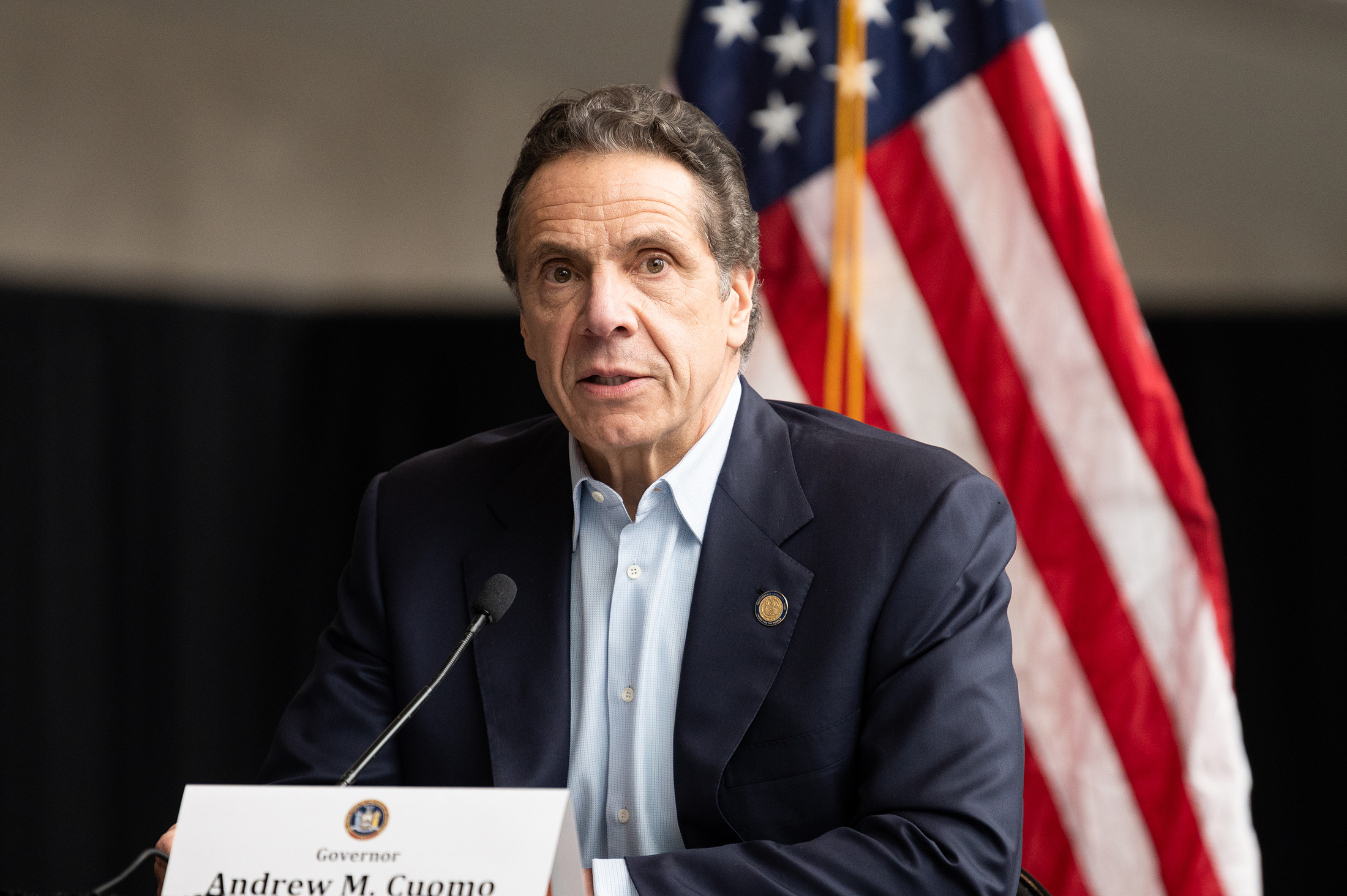New York continues to move tax rates in the wrong direction
If, as the saying goes, the definition of insanity is doing the same thing over and over again and expecting different results, then mark New York’s state government down as insane. Wholly unwilling to learn from the past results of their tax and spend policies, the Empire State is doubling down by proposing to raise the top marginal tax rate in the state to the highest level in the country.
New York Gov. Andrew Cuomo recently proposed to raise the top marginal tax rate in the state from 8.82 percent to 10.86 percent, leaving New York with the highest combined state and local tax rate at 14.7 percent. Evidently, New York still thinks it can tax its way to fiscal sustainability.
Despite demanding $15 billion from the federal government, Cuomo still put forward a fiscal 2022 budget that proposes to spend $192.9 billion. Of course, despite proposing a budget with the largest infrastructure plan in the country at $306 billion, including $29 billion in green energy investments, Cuomo couldn’t find anything to cut before resorting to tax increases.
If Cuomo continues New York’s habit of treating its residents like cattle, New Yorkers might just try to move to greener pastures. Between 2017 and 2018 alone, New York lost a net total of over 76,000 residents to other states. That translated to a net loss of $9.6 billion in adjusted gross income from the state’s tax base.
But the trickle could soon turn into a flood. As a result of the coronavirus, millions across the country have been thrust into remote work arrangements that mean they aren’t commuting to the big office building downtown. While many will return to their offices once the pandemic has abated, many analysts believe that remote work will become much more common in the future.
That could prove extremely consequential for New York in particular. Data from the 2011 American Community Survey showed that more than half a million Americans commuted into New York to work, a trip that few who have ever attempted to enter the Big Apple during rush hour would ever describe as “pleasant.” Should these employees be allowed to continue working from home, it could significantly impact New York’s tax revenues.
And it’s not just current commuters who may tire of the state’s high cost of living and tax-and-spend policies. Remote work has the potential to not only eliminate commutes, but to allow Americans to live in lower-cost, lower-tax states even if those states have fewer local job opportunities to offer than expensive cities. Already, certain states are moving to cut taxes to attract remote workers seeking a new home.
New York isn’t about to let perfectly good tax revenue leave without a fight, however. The state’s “convenience of the employer” rule has prevented out-of-state commuters who have worked from home due to the pandemic from truly enjoying their freedom from the Empire State. This bizarre rule means that out-of-state workers can be subjected to New York income tax if they’re working from home as a matter of convenience, rather than necessity.
In effect, this means that residents of other states whose New York businesses have allowed them to work from home, so long as that business is not legally obligated to remain closed, are on the hook for New York taxes. As I’ve documented in the past, this could potentially lead to the same income being taxed by two states at the same time as well as preventing Americans from escaping the state’s high taxes.
If Congress wants to allow the growth of remote work to foster competition between states regarding tax rates, it should move to ensure that remote workers receive fair tax treatment. States should not be allowed to grasp at the tax revenue of workers who no longer live or work in the state any longer.
This article was originally published on New York continues to move tax rates in the wrong direction


